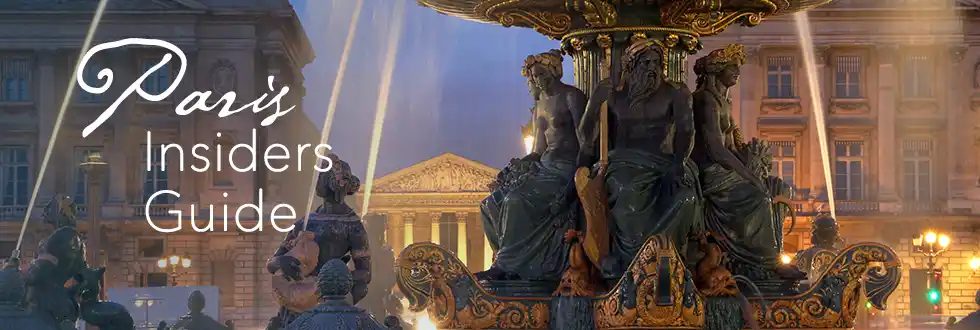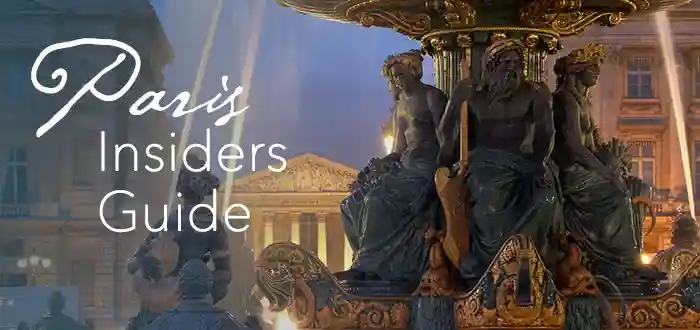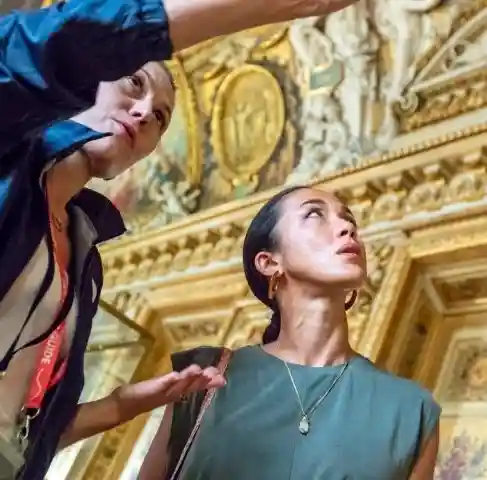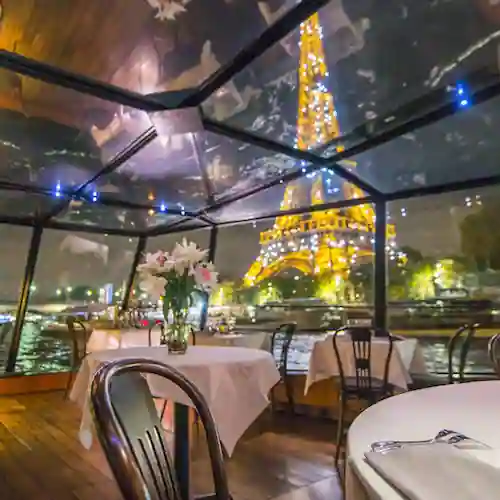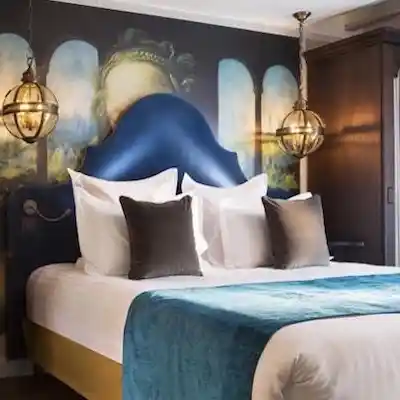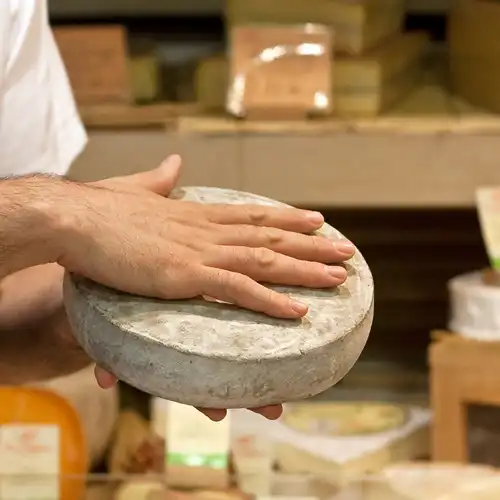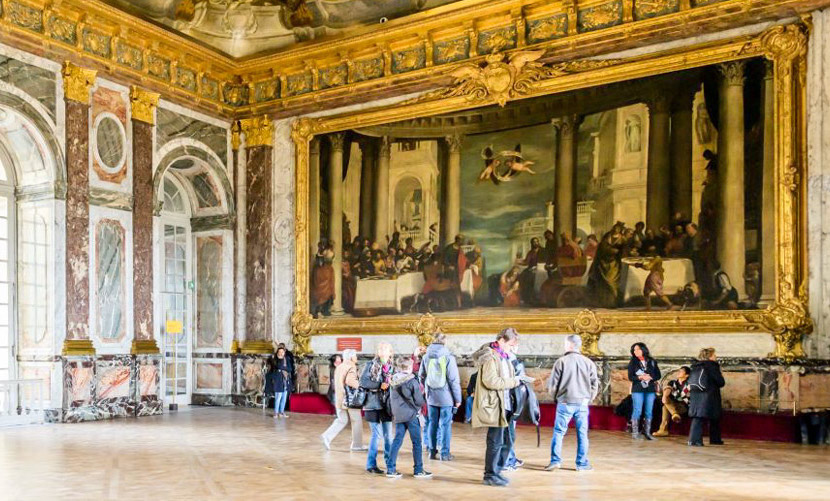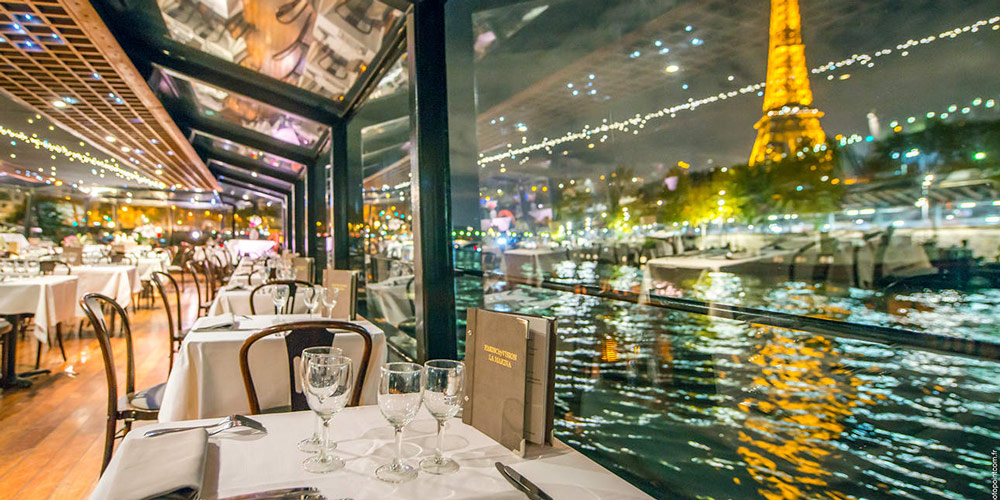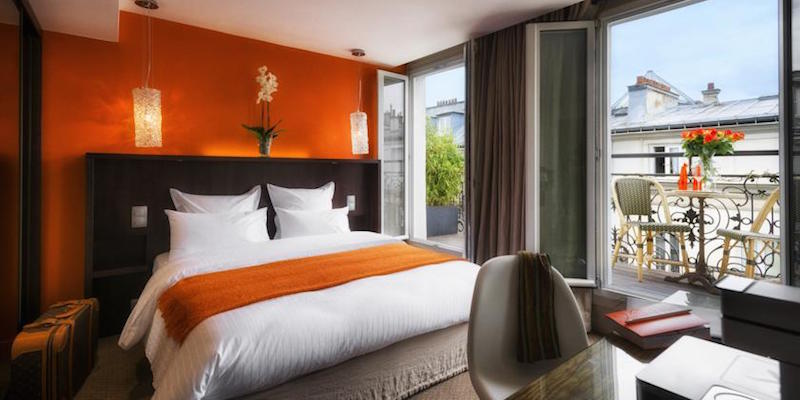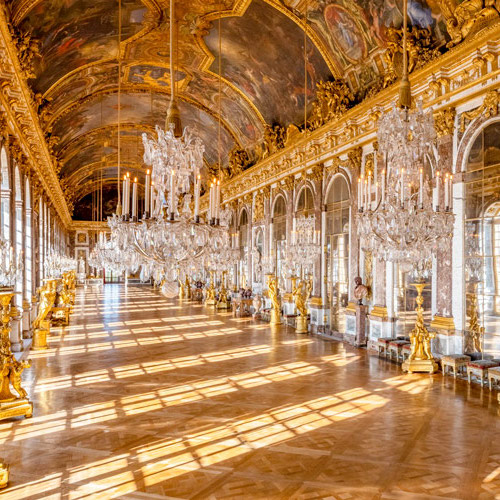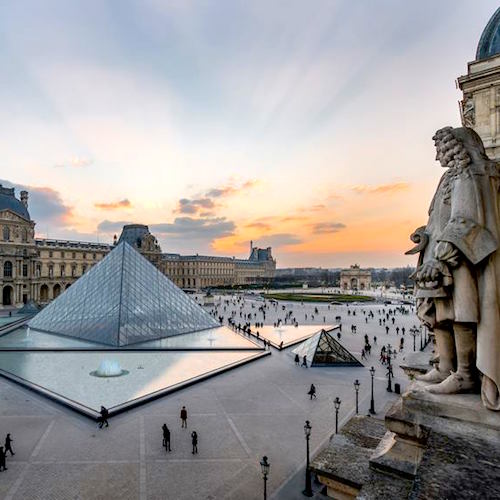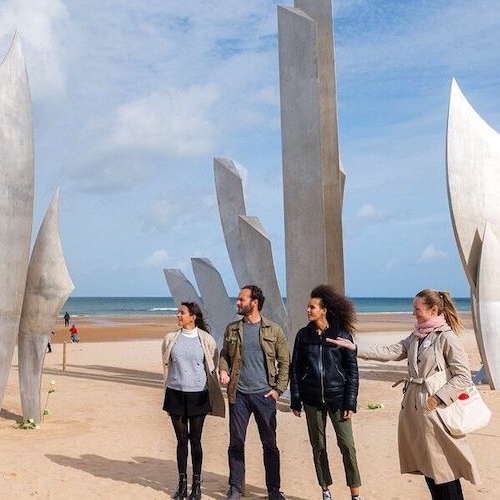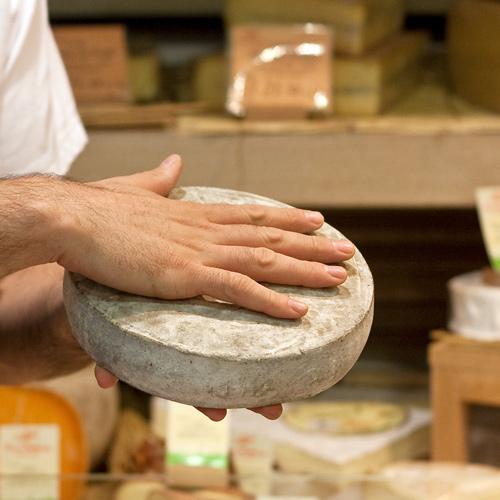Palais-Royal – Hidden Gardens In The Heart Of Paris
Palais-Royal, surrounded as it is by other famous buildings and the busy life of Paris, is often missed by visitors. But, hidden from the casual passer-by are the wonderful gardens. We love to spend time strolling through the galleries that border the garden, walking the flowery paths, and sitting by one of the most pleasant fountains in Paris. It's a relaxing break from the hustle and bustle that surrounds the Louvre. One of our favourite times to be there is during those first warms days of March, with the flowers starting to bloom and the trees budding and the park birds flitting.
![]()
Our Top-Rated Paris Experiences
History of the Palais-Royal in Paris
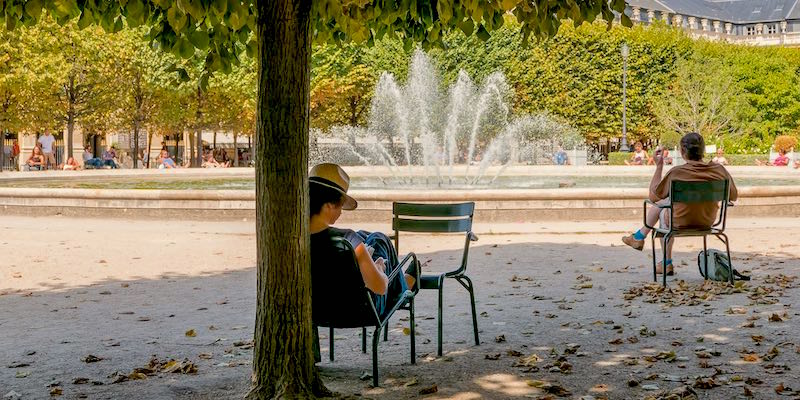 The gardens at Palais Royal are a wonderful place to take a break
The gardens at Palais Royal are a wonderful place to take a break
Back in the 1630s, Cardinal Richelieu, at the height of his powers as Louis XIII's Chief Minister, commissioned a mansion for himself, to be built on land just across the street from the royal palace of the Louvre. The mansion was named after him, Palais-Cardinal, but he was only able to enjoy it for three years before he died in 1642. Richelieu bequeathed his house to Louis XIII and over the next 150 years it passed through the hands of various members of the French royalty,
Over the decades the Palais housed many notable royals, including the wife and daughter of Charles I of England after that king was deposed and executed in 1649. Henrietta Anne, his daughter, married Louis XIV's brother and it was she who created the famed gardens of the Palais Royal. During her lifetime the Palace was famous throughout France for its grand parties and royal affairs.
![]()
Discover What's On When You're Here...
• January... |
• February... |
• March... |
• April... |
• May... |
• June... |
• July... |
• August... |
• September... |
• October... |
• November... |
• December... |
Discover What's On When You're Here
• January...
|
• February... |
• March... |
|---|---|---|
• April... |
• May... |
• June... |
• July... |
• August... |
• September... |
• October... |
• November... |
• December... |
Drama After Drama – Theaters & Revolution
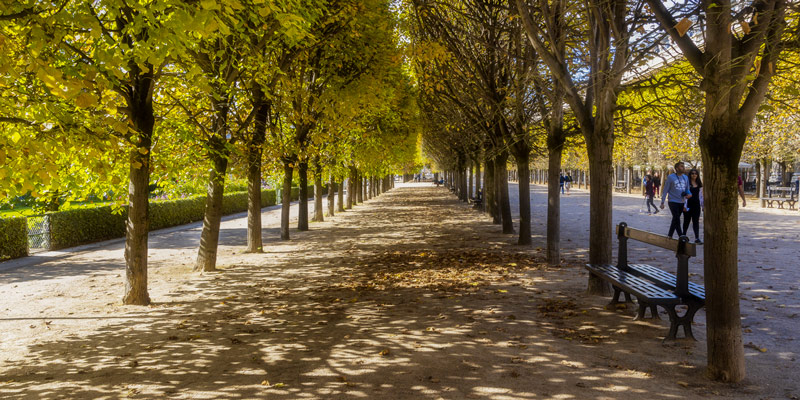 Pathways at Palais Royal, photo by Mark Craft
Pathways at Palais Royal, photo by Mark Craft
Just before the French Revolution, Palais Royal passed to Louis-Philippe, Duke of Orléans, a man famous for both womanizing and being short of cash. Thinking he could add to the gardens some rent-paying properties, he built uniform blocks of apartments around three sides of the garden, with arcades and shops at ground level. He also opened the gardens to the public.
Duke Louis' other work included building a new Paris Opera to replace the previous theatre that had been destroyed by fire. After that replacement opera, too, was razed by fire, it in turn was replaced by what became the two most important French theaters of that and subsequent eras — Théâtre du Palais-Royal and Comédie Français, which is still there today.
![]()
|
Paris Dinner Cruises on the Seine Dine in style as you glide past the Eiffel Tower, Notre-Dame, and the Louvre on a magical Seine River cruise. Gourmet food, champagne, and Paris lit up at night – it’s unforgettable. |
|
Paris Dinner Cruises on the Seine Dine in style as you glide past the Eiffel Tower, Notre-Dame, and the Louvre on a magical Seine River cruise. Gourmet food, champagne, and Paris lit up at night – it’s unforgettable. |
![]()
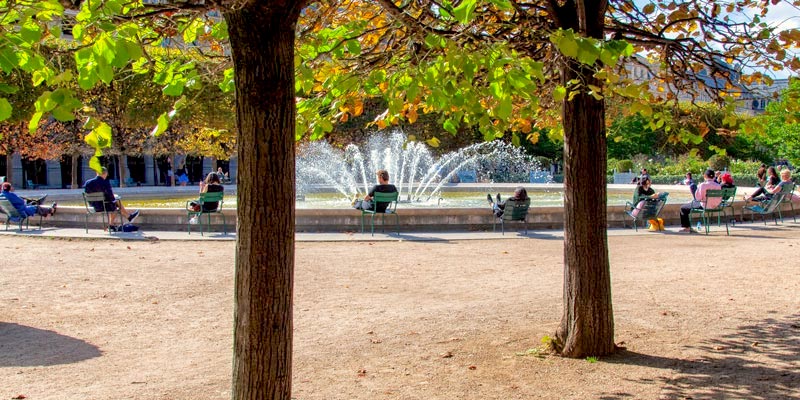 The central fountain in the gardens, photo by Mark Craft
The central fountain in the gardens, photo by Mark Craft
![]()
During the French Revolution Palais Royal was temporarily renamed Palais de l'Égalité, Palace of Equality. After the Revolution the palace regained its place in the centre of Paris social life and the most popular cafés were to be found around it.
Today it's the home of France's Constitutional Council and of the Ministry of Culture. The gardens remain open to the public and are a great place to spend a perfect spring day. It's located across from the northwest wing of the Louvre, on Rue Saint-Honoré.
![]()
|
Browse our hand-picked Paris hotel deals with real-time discounts of up to 20%. Stay in the Marais, Saint Germain, the Latin Quarter, the Left Bank near the Eiffel Tower… every arrondissement is on the list. |
|
Browse our hand-picked Paris hotel deals with real-time discounts of up to 20%. Stay in the Marais, Saint Germain, the Latin Quarter, the Left Bank near the Eiffel Tower… every arrondissement is on the list. |
Palais-Royal Resources
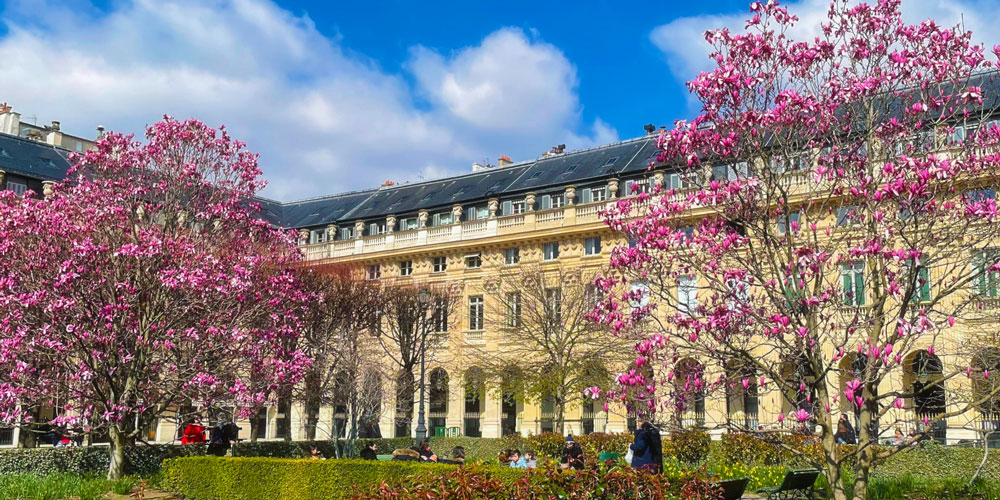 Palais Royal gardens & galerie, photo Palais Royal
Palais Royal gardens & galerie, photo Palais Royal
- PALAIS-ROYAL
8 rue Montpensier
Enter the gardens from Rue de Valois on the east, Rue de Montpensier on the west, or Rue de Beaujolais on the north.
→ Palais Royal Website…
- COMÉDIE FRANÇAIS
Place Colette
→ Comédie Francais Website…
- LE GRAND VÉFOUR
This historic restaurant today holds two Michelin stars under the spatula of Chef Guy Martin. It's found in the arcade on the north end of the gardens.
Paris Planning Guides
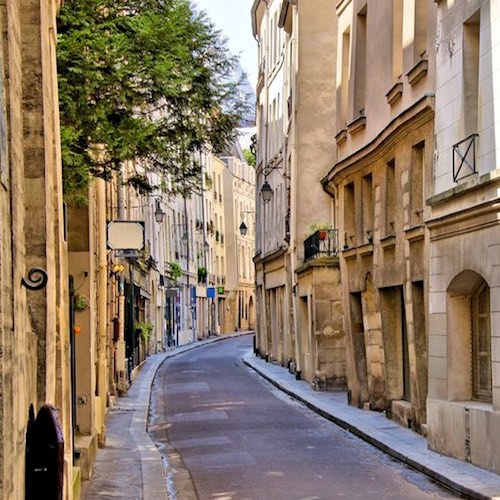 Latin Quarter Guide
Latin Quarter Guide |
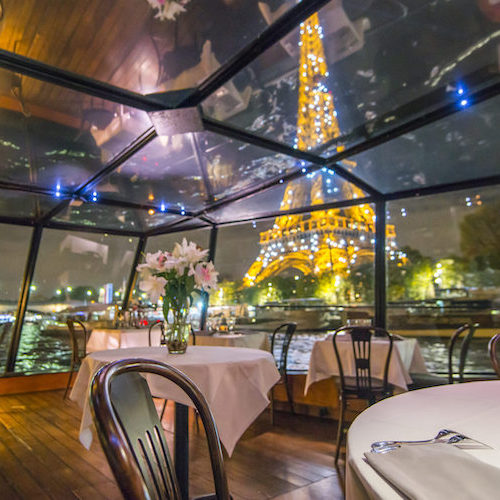 Glorious Dinner Cruises
Glorious Dinner Cruises |
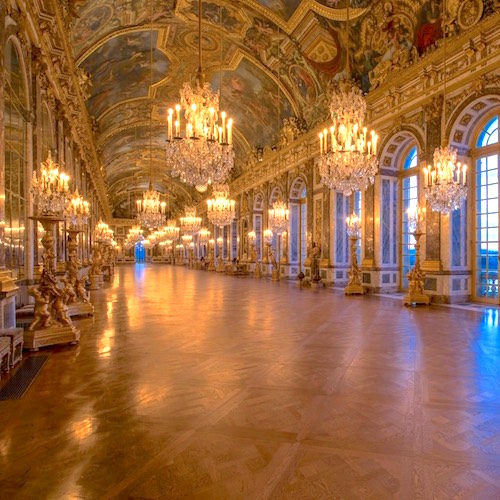 Visiting Versailles
Visiting Versailles |
 Book an Airport Transfer
Book an Airport Transfer |
